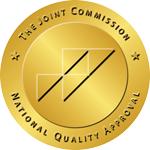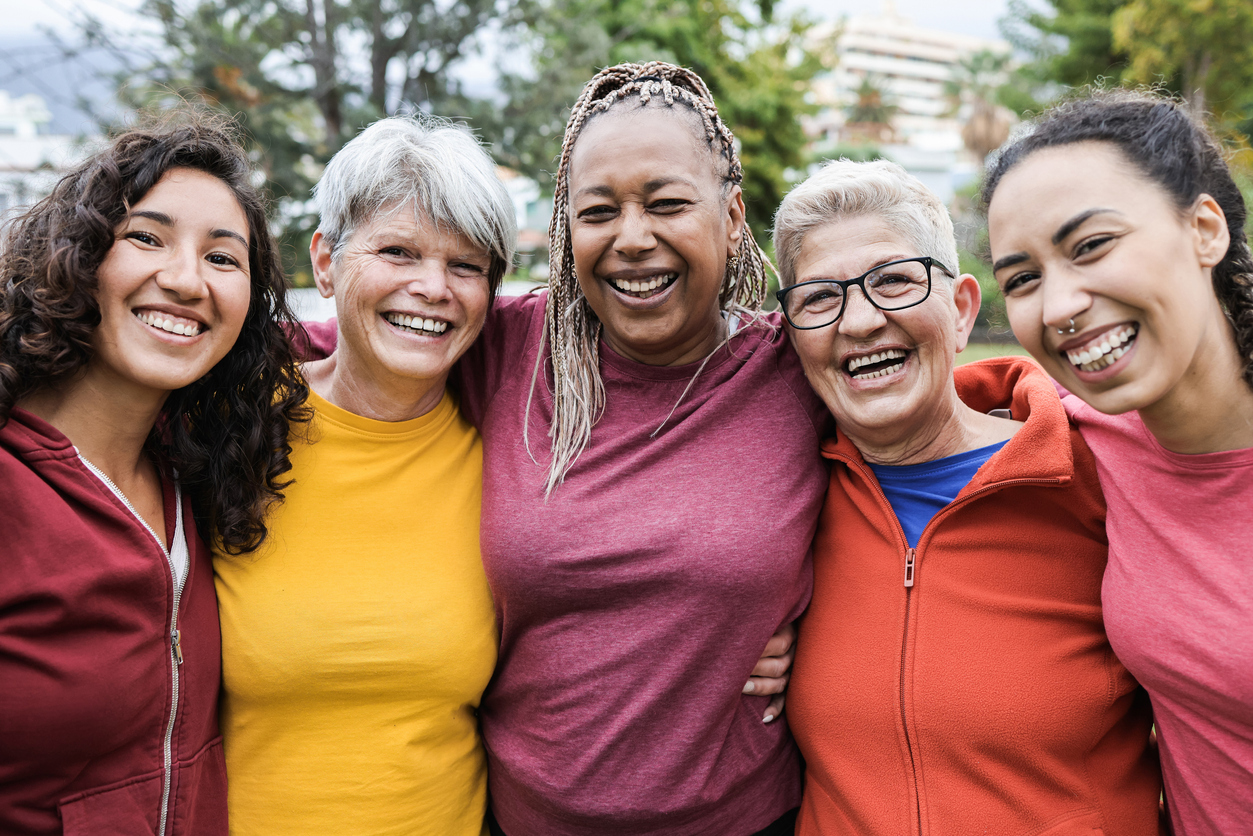A sober life looks drastically different than a life of addiction. Your living situation, your sleep schedule, your meals, your friends, and your activities will all be different when you give up drugs or alcohol. This becomes apparent during rehab when individuals are required to follow a somewhat strict schedule and change much of their daily life. In order to maintain sobriety, these changes should also continue into life back at home after rehab.
How Can You Avoid Triggers That Lead To Relapse?
One of the best ways to stay sober is to avoid triggers and things and people that would tempt you to go back to using. The addict’s lifestyle is often full of booze and bars, unhealthy relationships, discouraging friends, and atmospheres that encourage the use of drugs or alcohol. You will need to give up your old haunts and places you used to go to get high in order to avoid unnecessary triggers. You will need to clean up your relationships, manage conflict, and surround yourself with positive influences. You might even need to give up many of your friendships if those people are unwilling to change.
This does not mean you can’t have friends. On the contrary, solid friendships are a source of support and motivation to stay sober. Whenever you give up something for the sake of sobriety, be prepared to fill that spot with something beneficial, wholesome, and encouraging. Friends who harm you and drag you back into a lifestyle of addiction should be gently let go. Instead, surround yourself with friends and family who want to see you succeed and are willing to help you in your sobriety. Rather than go back to the bars and establishments where you used to get high or drunk, find new places where you can maintain that new, positive energy. It is all about choices, and by choosing to avoid certain locations, relationships, and activities, you can greatly reduce triggers to use and stay sober in the long run.
Recognizing Relapse Behavior
No matter what changes you make in your lifestyle and the success you’ve had during recovery, relapse remains a threat to anyone who has given up an addiction. This imperfect world still holds many triggers to use and you will continue to face cravings, even after recovery. The best thing to do is to remain alert and watch for the early signs of relapse. If you and your loved ones learn and watch for signs of slipping back into addiction, you can prevent relapse or at least catch it early and get help.
The first and most recognizable sign you as a recovering addict will see is a decreased interest in recovery. Sobriety may not seem as important to you, you might lose interest in hanging out with sober individuals, and you might let your attendance at support groups slide. As you do so, you will pull away from your family and friends, which will be the first sign they will likely notice. Whenever recovering addict withdraws from loved ones, support groups, and the recovery community, they are at risk for relapse. Once the addict pulls away, they will face stronger and more urgent cravings to use. They might entertain thoughts of “what if” they use again. If you start to feel the slide, the first thing you should do is tell someone, whether it is a sponsor, counselor, or a loved one, and confide in someone else and get help.
Signs of Relapse
- Not going to support group meetings.
- Not asking for help.
- Poor eating habits.
- Poor sleep habits.
- Withdrawing from family and friends.
- Mood swings.
- Associating with friends that remind the addict of using.
- Going back to places where drugs and alcohol are common.
- Anxiety.
- Intolerance.
- Anger.
- Defensiveness.
- Isolation.
- Glamorizing substance use.
- Fantasizing about using.
- Planning to use again.
Relapse Prevention Tequniques
The National Institute on Drug Abuse (NIDA) estimates that 40-60% of recovering drug addicts relapse–a percentage very similar to the relapse rates of other chronic illnesses, like Type 1 Diabetes, Hypertension and Asthma. Just as with these other illnesses, the risk of addiction relapse decreases among those who carefully manage their disease and stick with the designated treatment plan.
Relapse prevention is a large part of addiction treatment or detox program. Anyone who has gone through rehab and is determined to live a sober life must have a plan in place to maintain that sobriety. This plan is usually established with the guidance of treatment providers before the treatment program is finished so that the individual is prepared to face the real world once they complete rehab. A relapse prevention plan spells out things the individual can do when they feel weak and ways they can help themselves avoid temptations to use. Participation in an alumni program and support group activities, learning how to deal with triggers, and learning how to implement lifestyle changes are all important to consider during treatment and before heading back to normal life.
What if I Relapse?
Of course, relapse is always possible and it does happen, but it can be managed and the person can still achieve a sober life. Those who do relapse find that with help, they are able to get back up and on the track to sobriety again. Relapse, while unfortunate and something to be avoided is only a set back on the journey to sobriety as long as the person seeks treatment again.
If you do relapse, don’t panic. Tell someone, and get back to treatment. You might need to re-enroll in a residential program again, or you might be able to get clean again with a refresher outpatient course. Then, when you are back on your own again after treatment, be serious about sticking to your relapse prevention plan. Attend support group sessions regularly, change your habits to fit a sober life, and surround yourself with positive influences. Don’t let relapse take away your motivation or belief in your sobriety.


